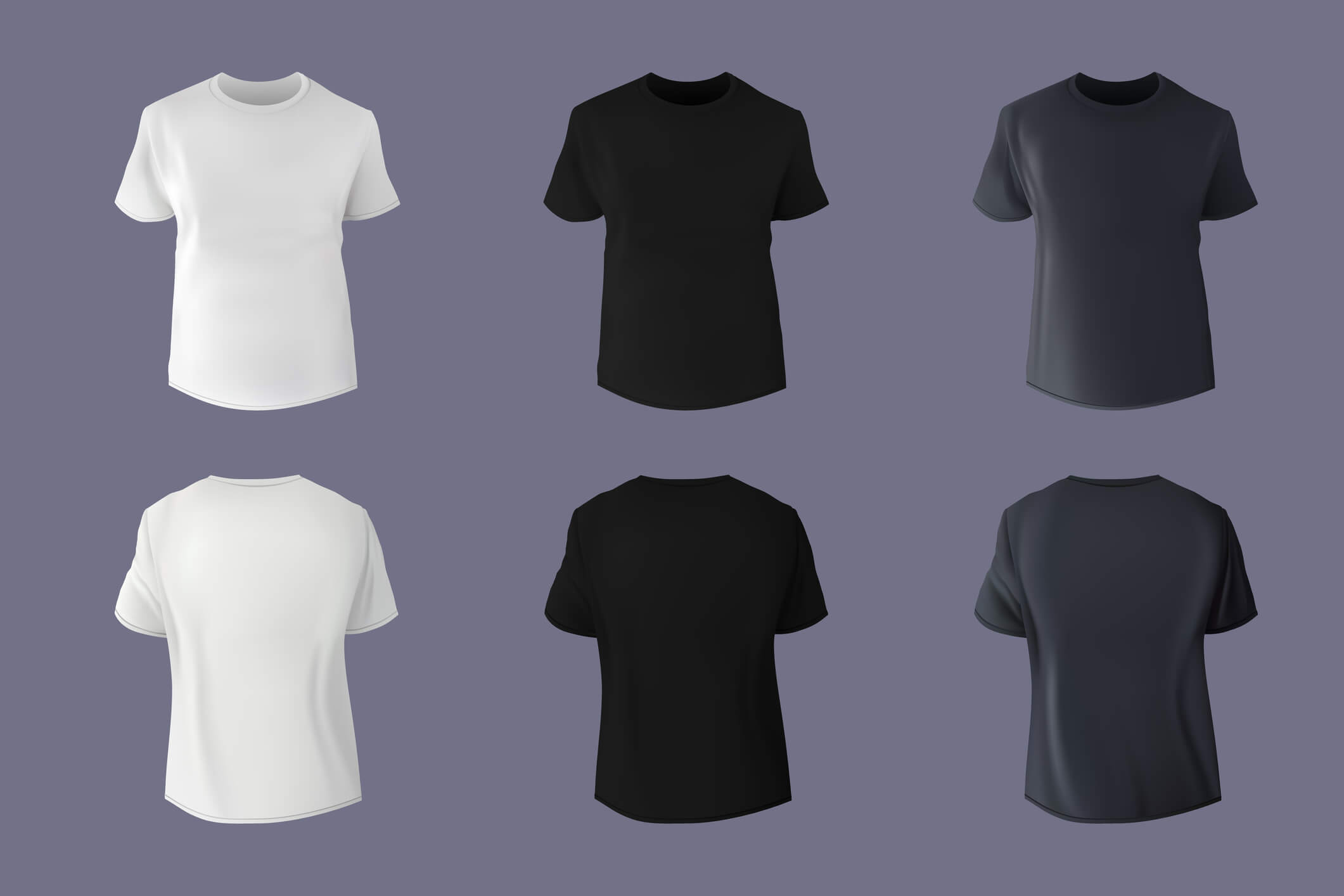Unique in a Sea of Sameness: Brand Differentiation Strategies for SMBs
Does your brand stand out from the crowd? As a small business owner, you compete with many companies selling similar products or services. If you’re going to succeed, brand differentiation is crucial. With the internet making our marketplace increasingly global, outshining your competitors may sound like a tall order.
It all boils down to strategy. Selling a quality product isn’t enough. In this article, we’ll explore four pillars of brand differentiation. These strategies can set your business apart, build strong customer relationships, and transform your target audience into true brand ambassadors.
In this article:
- The four pillars of brand differentiation:
The four pillars of brand differentiation for small business owners
Take a moment to look at your surroundings. Everything you see — office chairs, appliances, clothing, artwork, etc. — represents a choice. Whoever bought those goods had virtually endless options, but they chose that particular item. You can expand this exercise to the digital tools you use each day, from your email provider to your accounting software. What made these services the right choice for you?
Much of modern decision-making hinges on brand differentiation. If your brand fades into the background, you’ll fall behind competitors.
To stand out from the sea of sameness, implement these four pillars of your brand’s distinct identity:
A strong foundation
Before focusing on any other aspect of brand positioning, start with a solid foundation by identifying and sharing your purpose.
Define your purpose
Forget what your small business does and consider why you started it in the first place. Your purpose should be the bedrock of your brand. Having a strong “why” serves two purposes. First, it sustains you during the ups and downs of running a company. When times are tough, you’ll have a vision to keep you focused. And when things are going well, there’s a grounding force that keeps everything in perspective.
Second, a solid purpose gives your customers something to connect with. People resonate with shared ideas, not products. And when your purpose aligns with their values, they’re far more likely to choose your brand over anyone else’s.
Tell your story
Don’t just define your purpose and move on — talk about it. Share your brand story in your marketing efforts. Make it front-and-center every time you communicate with consumers. Tap into their emotions through authenticity and honesty. People will remember your brand story above all — not what you sell.
Telling your story shouldn’t be a one-time event but a continual conversation. As you grow, your story evolves. Keep building those connections by making your story central to the company and your products.
Give back
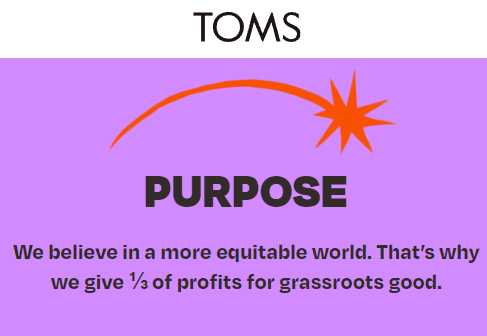
Social consciousness and responsibility are on everyone’s mind these days. When a brand gives back, people take notice. TOMs, Dr. Bronner’s, and Patagonia are just a few examples of brands that have differentiated themselves through generosity and social awareness.
Your small business may not be able to commit to the same level of philanthropy as a major corporation, and that’s understandable. But any effort to give back is noteworthy — even if you donate a small percentage of profits around the holidays. Remember, your product or service — no matter how fantastic — has a similar competitor. When customers know their money contributes to a good cause, they’re more likely to choose you.
Worthwhile products or services
You’re one step closer to brand differentiation when you’ve laid a purpose-driven foundation for your business. But at the end of the day, consumers need to know their money isn’t going to waste. It’s essential to offer worthwhile products and/or services.
Find an untapped niche
Check out any eCommerce shop or physical store and you’ll see more and more of the same. Standout sellers solve a problem by finding a niche. Consider cameras, for example. There are hundreds of camera brands, but GoPro stands out because it leverages an untapped corner of the marketplace. GoPro’s wearable, durable, and waterproof cameras meet the needs of rugged adventure-seekers when a standard camera won’t do.

Finding your niche could mean innovating an entirely new product, or it could all be in how you position your offerings. Regardless, you must look for those unique ways to stand out and meet unanswered needs.
Focus on quality
You may have lots of surface-level competition, but look closer and notice the quality discrepancies in the products on the market. Not all goods are created equal. Of course, there will always be shoppers looking for the cheapest solutions, but these customers aren’t likely to have brand loyalty to anyone. Dedicated customers prioritize quality.
If your brand becomes known for high-quality solutions, customers will come back again and again. Quality builds trust and loyalty, and word will spread quickly.
Strategic pricing
Many brands attempt to stand out by being the most affordable. This isn’t a bad strategy, but it’s not the only way to differentiate your company. Some small business owners simply can’t afford to be the cheapest option. The key is to be strategic in your price points. If you’re not the least expensive, make it clear why.
Do you use the highest quality materials? Are all your products ethically sourced? Or perhaps you’re committed to using parts made in your country. Consumers want to know these reasons, and they often become selling points.
Distinct and consistent branding
You’ve laid a strong foundation and ensured your products or services are niche, high-quality, and strategically priced. The next pillar is about making your brand stick in consumers’ minds.
Memorable logo or mascot
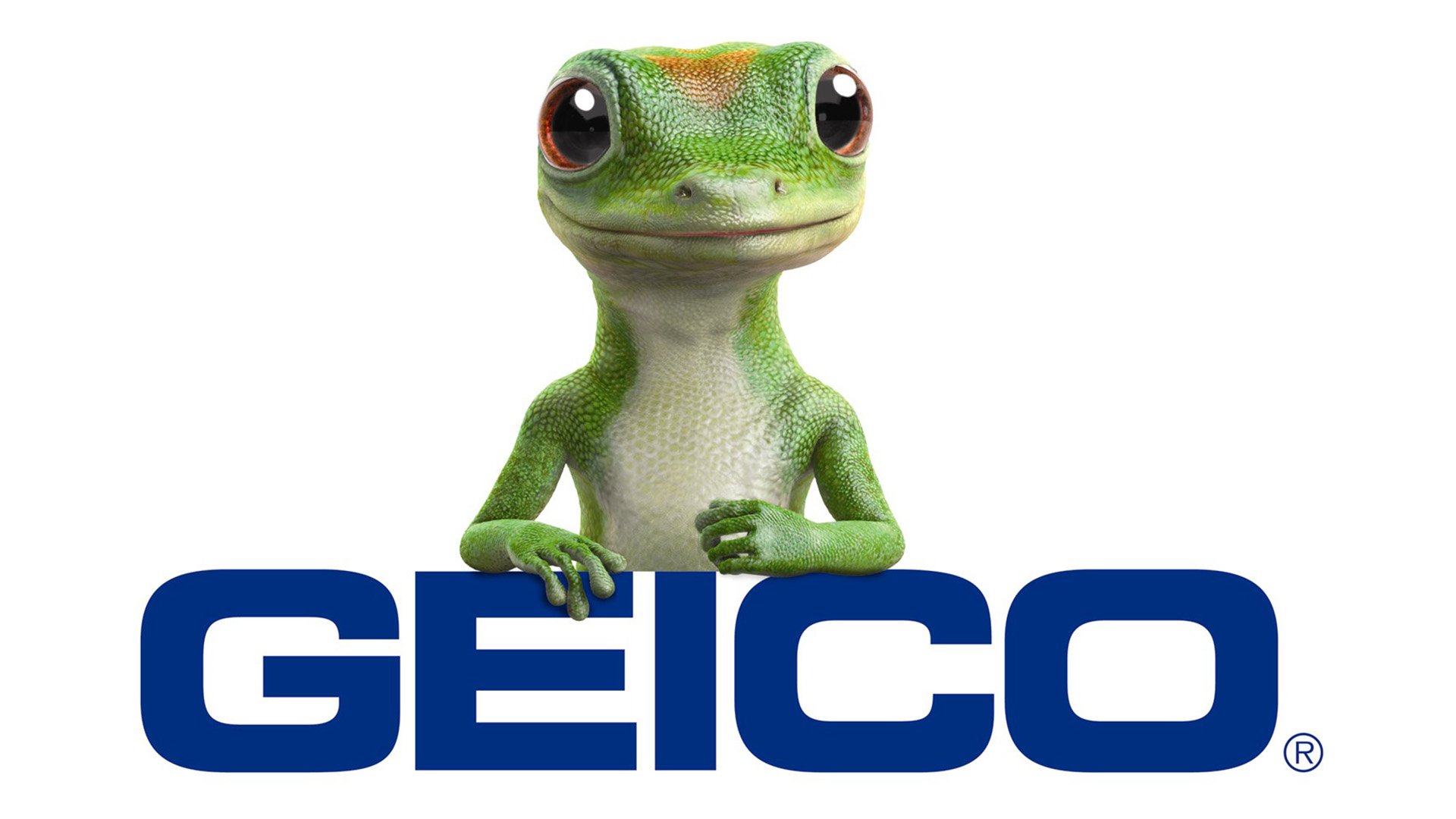
When you think of Geico, what comes to mind? We’re willing to bet it’s not their insurance policies but their lovable mascot: the Gecko. The same goes for McDonald’s Golden Arches, Nike’s Swoosh, and the Aflack Duck. Choosing a creative logo or mascot gives your brand personality — and makes it memorable for consumers.
You can have fun with this aspect of brand differentiation. As some of the examples above prove, your logo or mascot doesn’t necessarily have to tie directly to your offerings. Make it part of your story and represent it in your marketing channels. If shoppers enjoy and remember it, they’re more likely to choose your company.
Eye-catching colors
Colors are another fun way to distinguish your brand. And when your colors are consistent across your website, emails, product packaging, and advertisements, your company feels more polished and professional.
Not only can colors become a fast reference point for your brand (think Home Depot’s brilliant orange), but they can also help consumers form an emotional connection. Consider color psychology and the feelings you want to elicit with your chosen colors. If you sell self-care products, calming pastels may be a great choice, but if you’re an adventure brand, you might consider bold or bright hues.
Use a strong brand voice
How you write about your brand directly influences how people perceive it. Every successful company has a distinct brand voice that makes it memorable for customers.
Cards Against Humanity is a fantastic example. This fill-in-the-blank card game is known for being outlandish, hilarious, and crass. The company’s brand voice is packed with off-color personality — including FAQs titled “Your dumb questions.” Check out the “about” section of their website to see their brand voice in action:
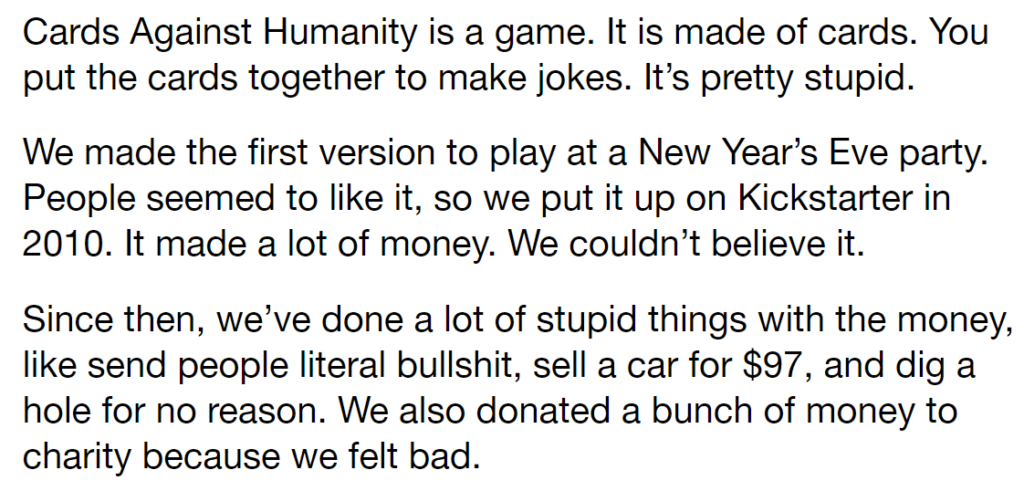
Obviously, this tone won’t work for every brand. Just as you need a story to build your brand’s foundation, you need a distinct voice to give it life and make it stand out from competitors.
If you’re struggling with brand voice, consider using a tool like Quillbee. Our AI-powered writing assistant is an incredible resource for brand differentiation, particularly regarding tone and perspective pronouns. These features help you solidify your company’s voice and style — and keep them consistent across all content.
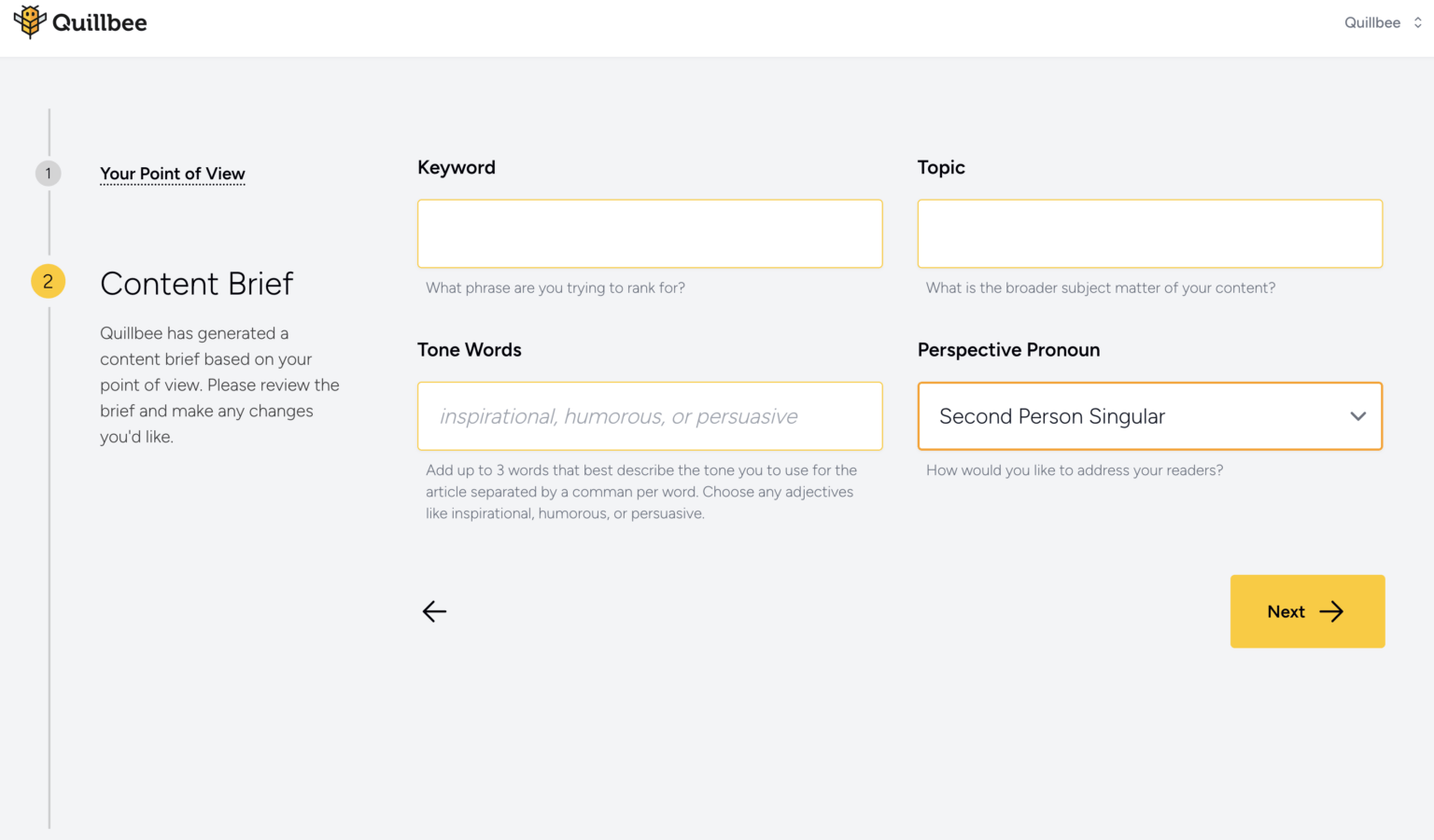
Consistent communication
Once you’ve nailed down your brand’s logo, colors, and voice, it’s vital to use them frequently. Keep regular contact with your audience so you’re often on their minds. When you communicate consistently, customers will likely think of you the next time they shop.
This is another area of brand differentiation where Quillbee becomes a massive asset. Content writing is a significant endeavor, but many small business owners are too busy to write newsletters, blogs, and other communications each week. Quillbee streamlines the writing process and saves hours.
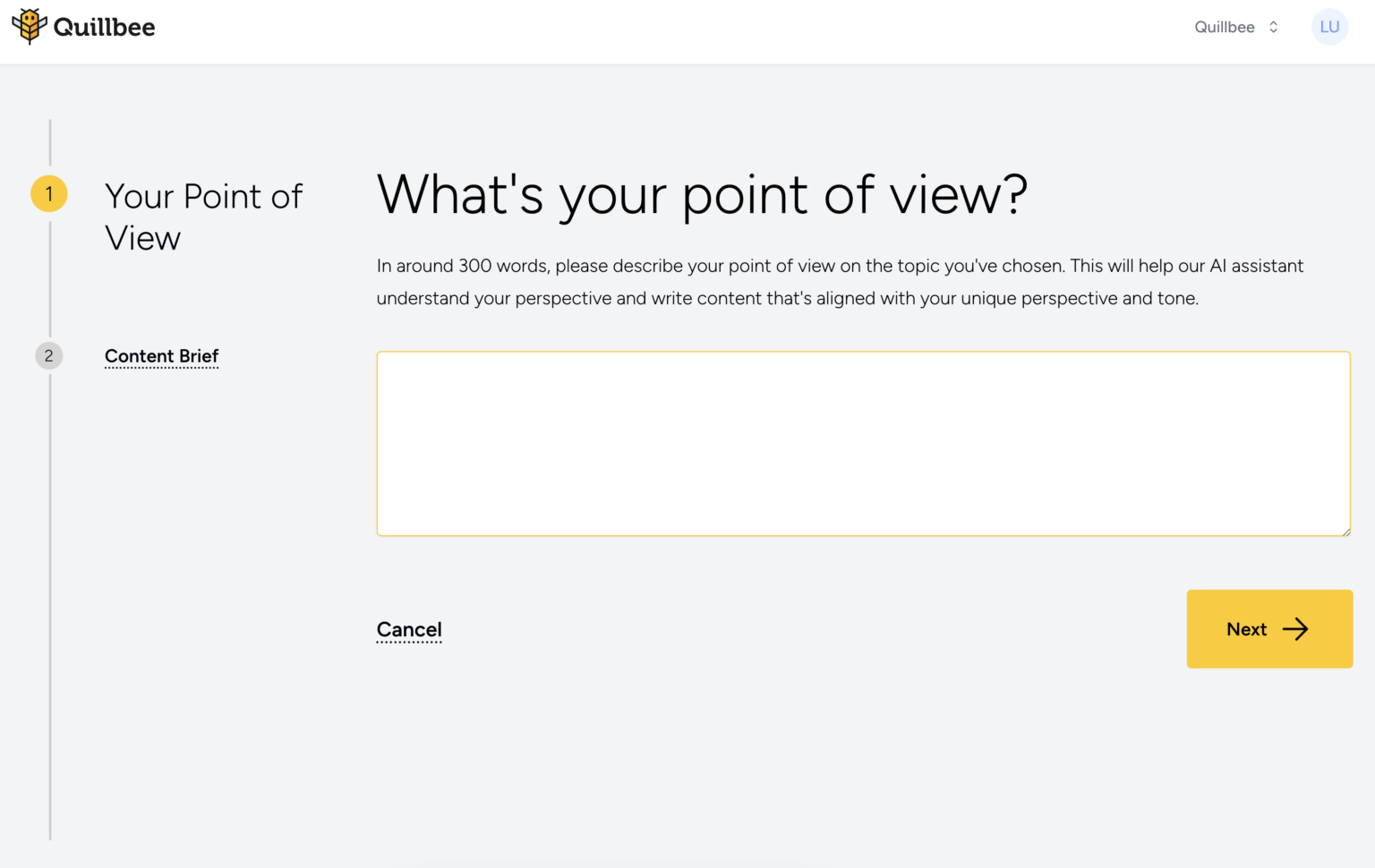
Instead of writing thousands of words, summarize your point of view in just 300 words or less. From there, Quillbee produces a fully fleshed article in your brand’s tone. You can even include your desired keyword for SEO success. From there, all you need to do is edit and publish.
Top-notch customer experiences
We’ve discussed who you are, what you offer, and how you communicate. The final pillar of brand differentiation is customer experience. Buyers will remember you most for how you made them feel, so incredible customer service is a must.
People first
According to the Zendesk CX Trends Report 2023, over half of all consumers will switch to a different company after just one bad customer experience. If that statistic doesn’t prove how essential customer service is for brand differentiation, nothing will.
Remember that your customers are human beings above all else. The key to a great customer experience is empathy. In every interaction, focus on understanding the consumer’s needs and concerns. When you treat shoppers like people instead of numbers, they remember the encounter and are more likely to shop again.
Be responsive
Today’s market is fast-paced. Now more than ever, people want answers instantly — especially when they’ve spent their hard-earned money. Make responsive customer service a priority to avoid frustration. This includes answering emails and resolving complaints.
If delivering a near-instant solution isn’t possible (for example, if your materials are on backorder), communicate every step of the way. Shoppers are more patient when they know you’re on top of their problem and ready to solve it as soon as possible. When they feel taken care of, they remember. And they come back for more.
Make it convenient
Have you ever called a customer service line only to be shuffled from representative to representative? Or maybe you’ve had to comb through a brand’s website to find their return policy. These inconveniences can quickly sour customer relationships. You want your brand to be memorable for the right reasons, not for a frustrating experience.
Your entire purchase funnel should be as convenient and seamless as possible. This includes easily accessible brand policies, a logical UX design, seamless checkout and return processes, and more. When their experience is convenient, customers can focus on the excitement over your products and services.
Find small business success with brand differentiation
Running a small business is hard work, and your ultimate goal is winning over loyal customers. You can’t achieve this target without standing out from the competition.
Escape the sea of sameness with the four pillars of brand differentiation:
- Build a strong foundation
- Offer high-quality goods and services
- Create memorable branding
- Deliver a top-notch customer experience
These strategies cover all the bases, distinguishing your business as the ultimate option in an inundated market.
And remember, Quillbee is here to help by helping you create unique, distinct content that adequately represents everything your brand stands for. By saving you hours on content writing and helping you achieve your brand voice, Quillbee allows you to focus on all the other responsibilities of running a successful small business. Try Quillbee for free today.

